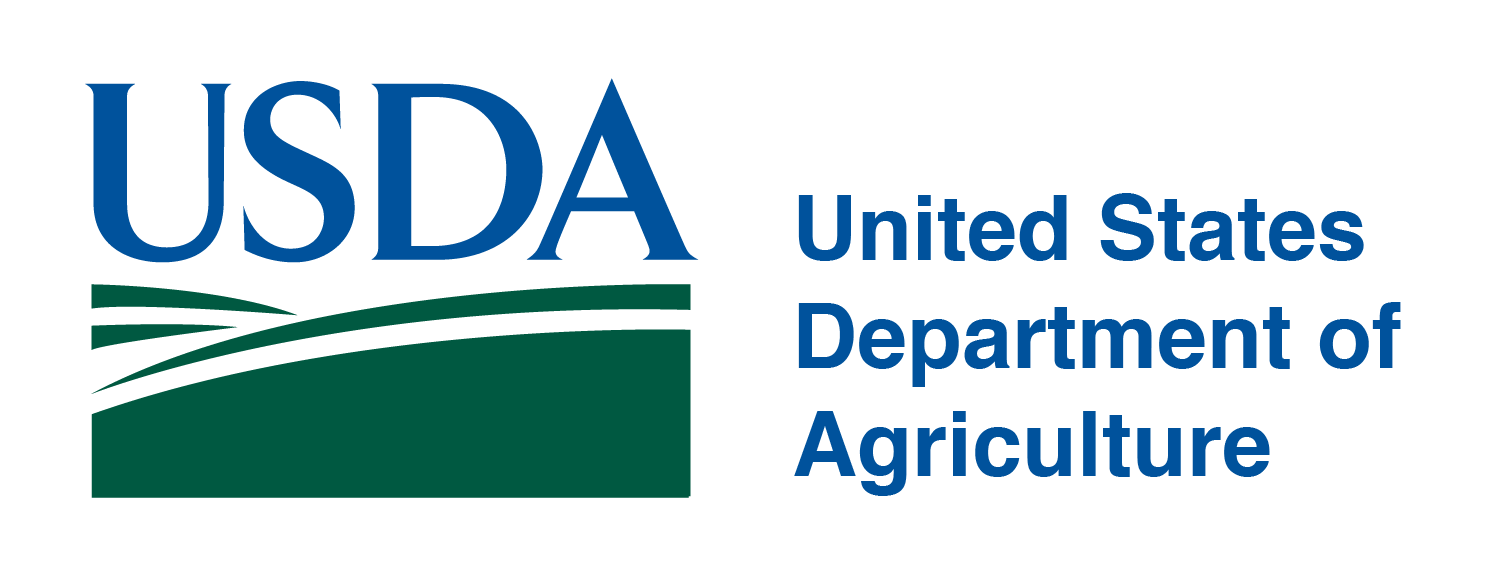From Becker’s Healthcare
Only 45% of U.S. rural hospitals currently offer labor and delivery services, and in 10 states, less than 33% do, according to the Center for Healthcare Quality and Payment Reform.
Over the past decade, more than 200 rural hospitals across the country have ceased delivery services, despite such facilities delivering nearly 1 in 10 babies in the U.S., according to the American Hospital Association.
Low Medicaid reimbursements, rising costs and ongoing staff shortages have led many rural hospitals to close labor and delivery units, leading to a higher number of maternity care deserts — counties without a hospital or birth center offering obstetric care and without any obstetric providers.
Areas where there is low or no access affect up to 6.9 million women and almost 500,000 births across the U.S., a year, according to March of Dimes, a nonprofit aiming to improve maternal and child health. In maternity care deserts alone, about 2.2 million women of childbearing age and almost 150,000 babies are affected.
Couple this with the rise in rural hospital closures (37 facilities have closed since 2020) and rural America has a serious problem on its hands.
“Low Medicaid reimbursement is our greatest challenge, especially in Indiana where rates paid to hospitals have not been raised in over 30 years. This is especially detrimental in rural areas where a higher number of births are covered by Medicaid,” Eric Fish, MD, president and CEO of Schneck Medical Center, in Seymour, Ind., told Becker’s. “In Indiana, over half of babies born on an annual basis are covered by Medicaid, which pays 57 cents on the dollar of the cost of providing care. This means hospitals, specifically in rural areas, are experiencing significant financial losses. Increasing Medicaid reimbursement is imperative to keep these services open and to preserve access in the future.”
Many more rural communities are at risk of losing maternity care because of the financial challenges rural hospitals are facing. Rural hospitals typically lose money on obstetric care, so if a hospital can’t make enough money on other services to offset those losses, it may be forced to eliminate maternity care to prevent the hospital from closing entirely.
Another challenge for rural communities is the ability to recruit and retain health care providers — especially obstetricians.
“In Indiana, 87% of rural residents live in areas with a primary care shortage. Across the country, rural hospitals have been creative in forming strategic regional partnerships, including working with larger hospitals and health systems for care coordination, provider training and other resources,” Dr. Fish said. “Such partnerships help rural patients receive care in their communities while a specialist from a larger system can manage high-risk patients as necessary and support the rural provider in planning for delivery in the community. Solutions are needed to increase the pipeline of health care workers, including incentives for providers who choose to serve rural communities, student loan repayment and more.”
The lack of obstetrics workforce and expertise has been a growing issue in rural America, both for providers and obstetric nurses.
“We have spent upwards of $3 million annually for traveling obstetric nurses to keep our unit staffed 24/7/365, but it is the right thing to do for southwest Iowans in order to decrease the excessive mileage required to reach the nearest obstetrics unit,” Brett Altman, DPT, CEO of Atlantic, Iowa-based Cass Health, told Becker’s. “Low volume obstetrics is not profitable and is one of the key drivers for why so many obstetric units have closed in rural areas as these hospitals hit financial headwinds in addition to concerns of competency.”
With 50% of deliveries in rural areas being funded by Medicaid, the most significant impact would be improved Medicaid reimbursement for maternal care services in rural areas, according to Dr. Altman.
“To help cover the losses associated with obstetrics, perhaps rural hospitals offering obstetrics could qualify for a special exception through Medicaid with an add-on payment program or an annual lump-sum payment, similar to [prospective payment system] hospitals that have received disproportionate numbers of low-income patients, based on the hospital’s disproportionate OB patient percentage,” he said.
It’s no secret that rural hospitals are especially feeling the pinch coming out of the pandemic, but federal financial support or an add-on payment program would go a long way toward ensuring the long-term sustainability of many.
The other big issue rural communities have to contend with is population declines and fewer younger people having children in rural areas, but there are strategies some hospital leaders have found effective in combating these trends.
“Our strategy has been to expand our footprint using a hub-and-spoke model to keep our delivery numbers high enough to maintain competency,” Dr. Altman said. “Over the past three years, we’ve been doing outreach with one of our OBGYNs to three smaller rural hospitals in southwest Iowa, which has increased the number of our deliveries by roughly 50%. It is a win for those outreach communities to have maternal health services available making them more viable places for young people to live, a win for Cass Health, and most importantly a win for young moms in underserved rural areas by creating local access to maternal health services.”



